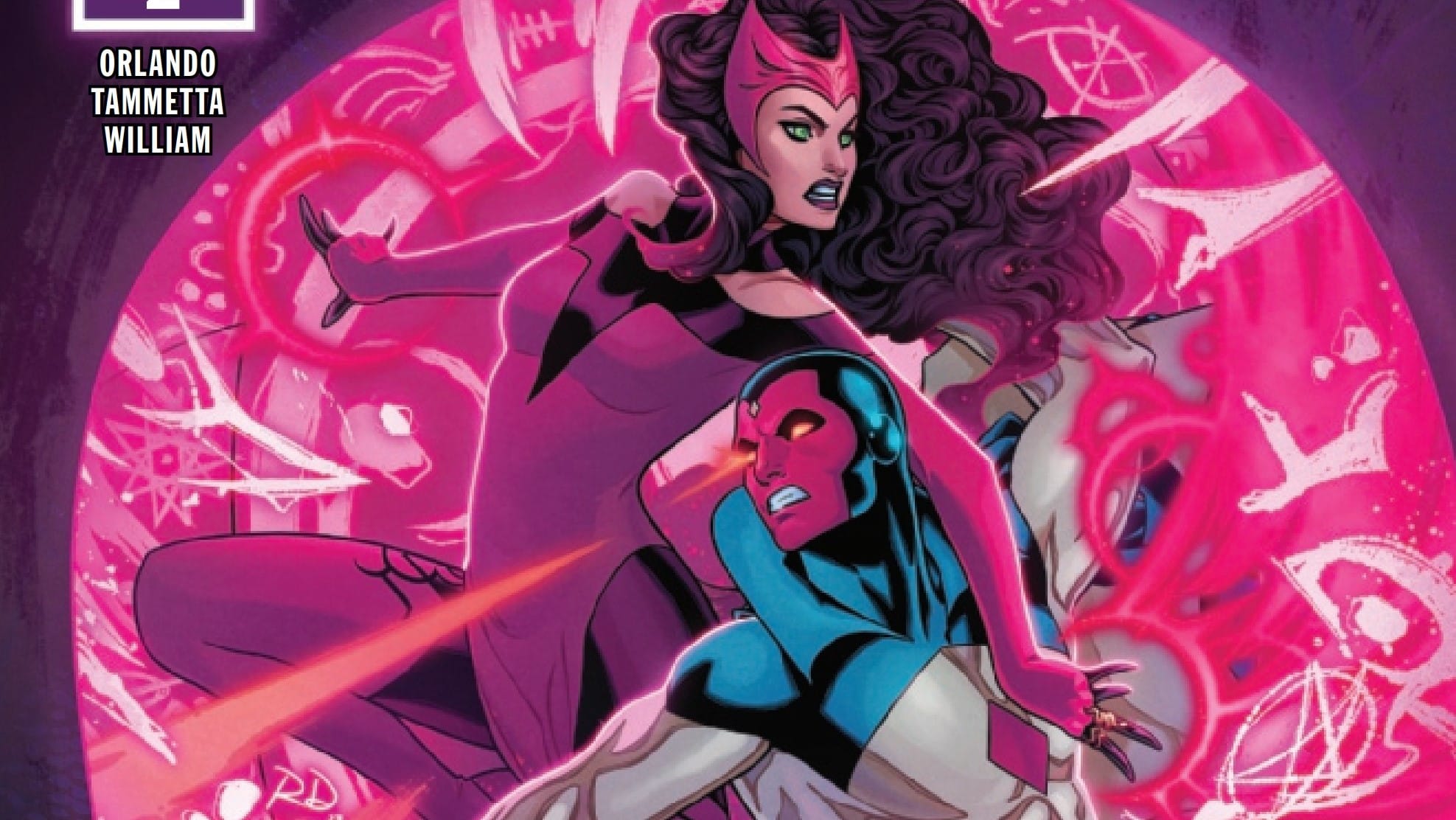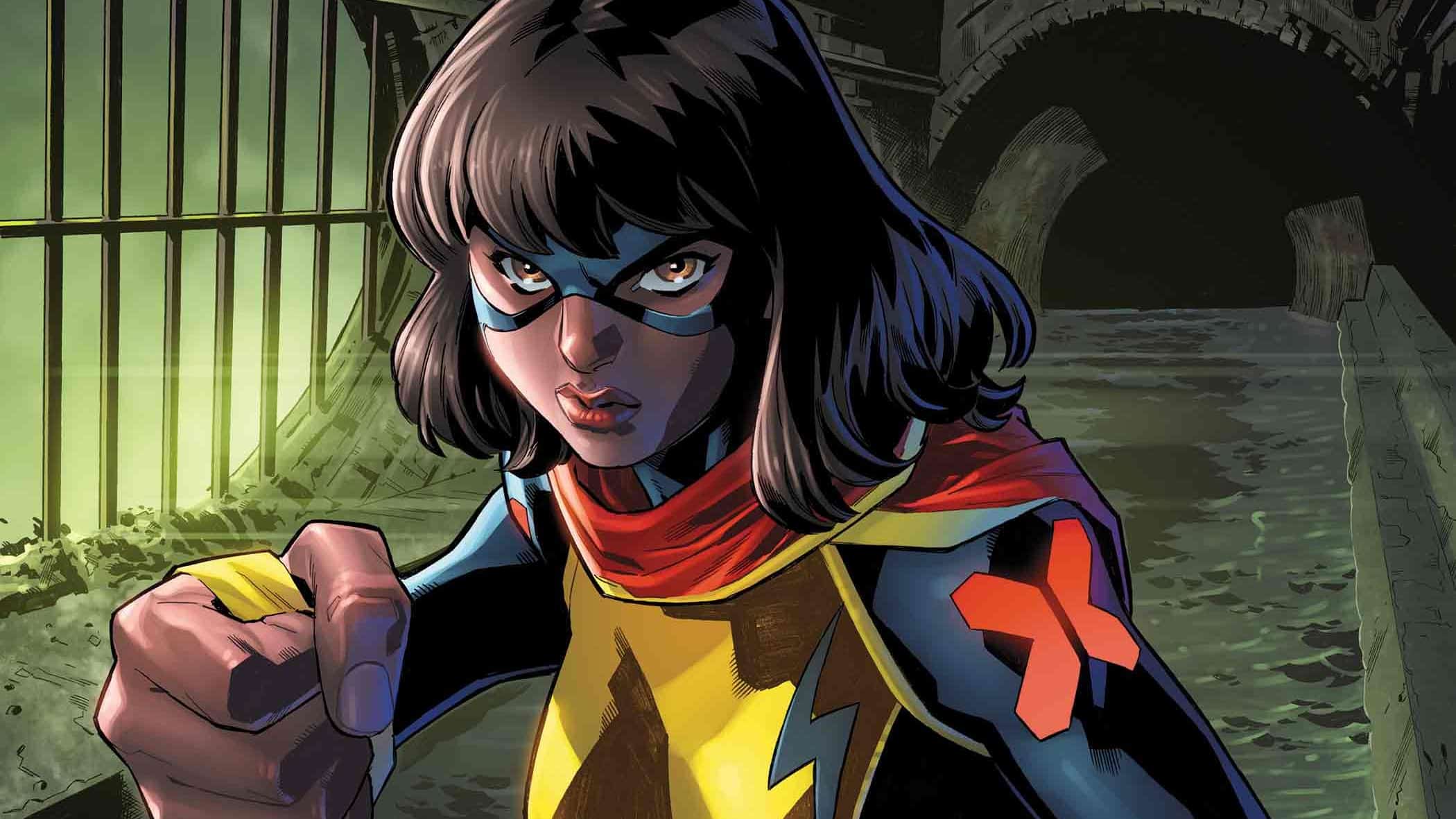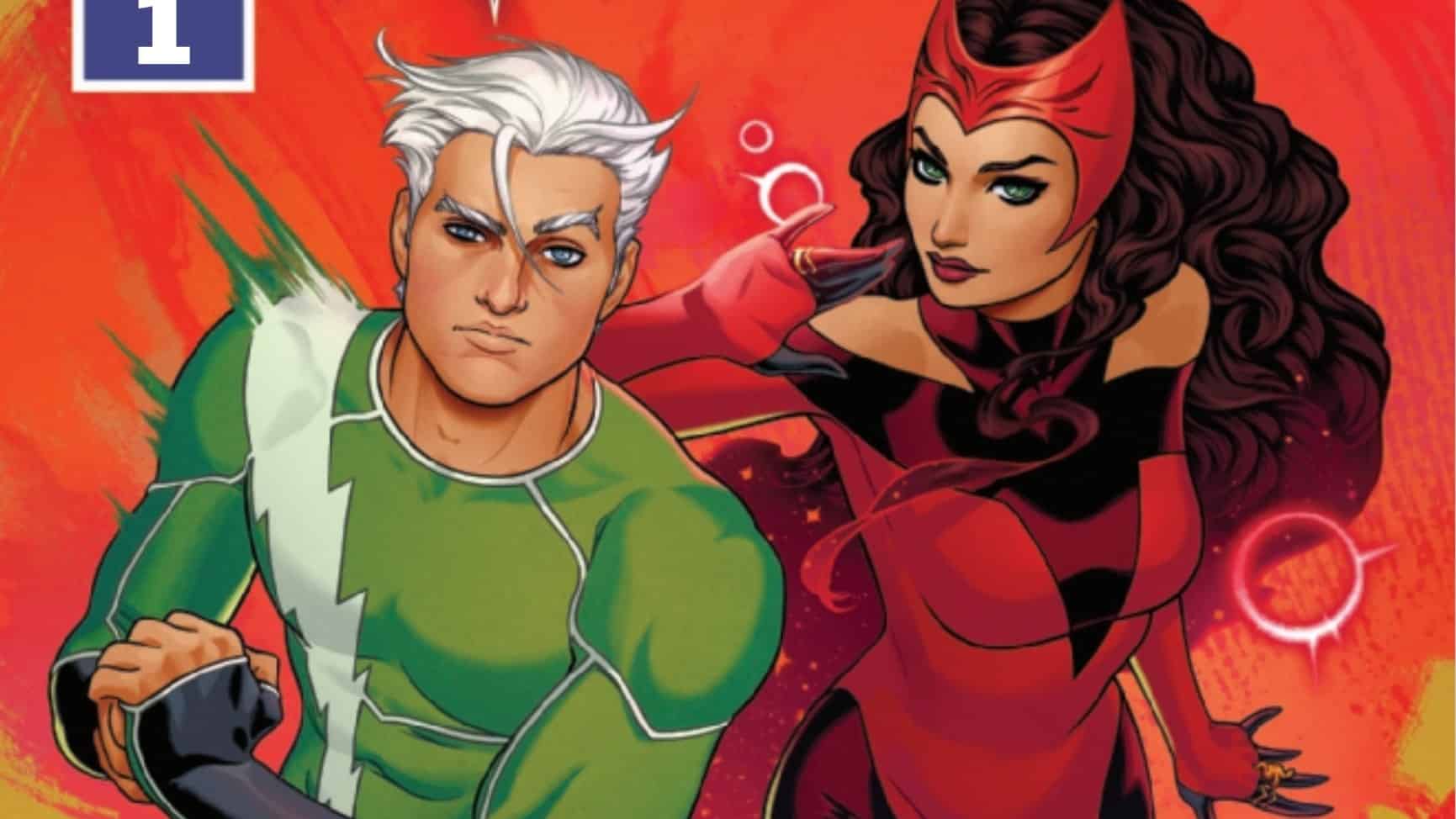With Calvin’s evil jacket (a sorcerous villain in leather disguise) defeated, it’s time to start new story arcs and visit new, tourist-friendly parts of New Orleans for our magic users in training. Strange Academy #13, writing by Skottie Young, art by Humberto Ramos, colors by Edgar Delgado, letters by Clayton Cowles.
Now this one’s more like it. For two trade paperbacks’ worth of stories Strange Academy readers have been watching visually distinctive, sorcerously empowered tweens from all over the Marvel multiverse look cool, or monstrous, or on fire, and waiting for the cliche-laden, and sometimes distressingly appropriative, scripts (N’awlins Voodoo zombies, I’m looking at you) to catch up to the whimsical art.
But the first arc of Chris Claremont’s New Mutants, the teen hero book by which all other teen books are judged, could get uneven too (anybody remember Team America)? Skottie Young, who began his Marvel career as a penciller, is no Claremont and no Simonson, but he seems to be finding his sea legs, or bayou legs. This issue starts up several plotlines, resolving none of them: each one’s propelled by a need that defines a character, none are wholly subsumed by cliche, and each one might keep readers coming back.
In plotline one, there’s Calvin, who has no magic in him now that he’s lost his evil jacket. Does he even belong at the school? Does he belong anywhere? He’s not sure, and neither are we: in a delightful classroom scene (with accompanying charts and documents) Shaylee brings Ogre Mage Krokwell in for a terrifying presentation about her home dimension Otherworld, but Calvin refuses to present about Earth. Either he hasn’t done his homework, or he’s scared to get up in front of the class. Or both!
Point-of-view, reader-identification vehicle Emily Bright says she’s scared about Calvin. She refuses to let Doyle, the cheerful son of the Dread Dormammu, take her out with the other Academy students for an afternoon on the town (the town being, as usual, Magic Tourist New Orleans). Instead, she heads to the Strange Academy dungeon to spend quality time with the Imperator, a Dr. Strange villain who once set out to eliminate all magic from the Earth and now lives confined, blindfolded and restrained.
In what must be an on-purpose callback to Sabretooth’s time in the Xavier mansion’s basement, Emily tells the Imperator that she feels bad for him: she’s been thinking “about family. The family you lost and the family you never got to have.” Does she mean to free him? Not quite: instead, she finds an ingenious magic solution that makes the Imperator’s imprisonment feel like something else to him. It’s a good enough twist, and one that raises enough complex ethical questions, that you might want to discover it for yourself. And it’s portrayed with a careful, subtle, shadow-rich mix of out-there cosmic fantasy and carefully human facial expression. I would trust Ramos and Delgado at this point to draw backstory for Illyana Rasputina, and that’s about the highest compliment a book about young spellcasters can get.
Meanwhile the rest of the kids roam New Orleans, where Zoe leads them to a graveyard (graveyard tourism being a New Orleans thing) and tells them how she came to be undead: she made a bad bargain with a bad dude called Gaslamp to augment her naturally weak magic powers, so as not to let down her magical family line. The augmentation worked… until it killed her, at which point her family drew on a wish-granting gravestone to make her the sweet, crackly-skinned, serpent-loving zombie tween Strange Academy readers know today. Ramos and Delgado get to (or have to) mix panels of happy, naive, empowered years-ago Zoe, yucky-looking, white-eyed, snakey walking-corpse Zoe (her real appearance), and present-day, slightly-older, charming, sweet Zoe in the skin that her mom made her, “which, as you know, is how I look ‘normal.’ You know, whatever that means.”
I won’t pretend to judge, approve or condemn Young and company’s use of New Orleans occult tradition (including Madame Marie Laveau, a famous Creole priest and voodoo practitioner in real life). I don’t know if it’s appropriate or if it’s appropriation. It does, though, fit the character of Zoe, deepening her backstory (where the original zombie reveal, back in Strange Academy #4, was a bad Black-magic-written-by-white-people trope). And it prompts some of this talented team’s best art. Zoe’s like a clinic in expressive variety, in faces that draw us in, even while she retains the not-quite-realistic, slightly squished, cute-as-a-button-gnome body shape that all the tween characters in this series share.
The Zoe backstory also points to the future: in a move she regrets ten seconds after she makes it, Zoe reveals to a sad and desperate Calvin the name of the bad dude who amped up her powers. He’s called Gaslamp (as in gaslighting; as in Ye Olde New Orleans), and Calvin– who appears as two infinitely dejected eyes inside a yellow rainslicker, like Charlie Brown dropped into a teen hero comic– clearly means to seek him out.
We see him, too: he’s an over-the-top-, top-hatted, green-and-purple, beads-and-velvet villain who hides his face. In the right hands (maybe NOLA-native hands?) Gaslamp could easily point up the difference between wish-granting, what-happens-here-stays-here, flashy public-facing New Orleans and the complicated city, with its magical traditions, where people in our world and on Earth 616 actually live.
That’s a question for another issue. One question you might bring to this one goes unanswered, probably due to lead time for event tie-ins: Strange Academy #13 must take place before the events of Strange Academy: The Death of Dr. Strange, because in the latter the school closes early and sends the students home. Or else it takes place so long after the Death of Dr. Strange event that its consequences have faded. We don’t know: there’s no connection made here.
Having set these new plots rolling, Ramos and Delgado then get two full page spreads to show off and have fun. One depicts Emily showing up to join the always delightful Doyle and the rest of the kids at what must be an all-ages (or a we-never-card) supper club, listening to horn players blow their hearts out in a crowd that must have taken forever to pencil. Another– practically the only one dominated by blues and greens in the entire issue– shows us what’s happened to the Imperator. You’ll like it.
Maybe I’m easily satisfied. Maybe I just want the best for these kids (especially Zoe and Calvin). Certainly this book has more to do to develop the rest of these kids beyond the stereotypes where they started. But it’s getting there. Even if you’re not a teen hero compleatist– or a Dr. Strange superfan– you might want to pick this one up. And it’s not a bad place to jump on.
Stephanie Burt is Professor of English at Harvard. Her podcast about superhero role playing games is Team-Up Moves, with Fiona Hopkins; her latest book of poems is We Are Mermaids. Her nose still hurts from that thing with the gate.






